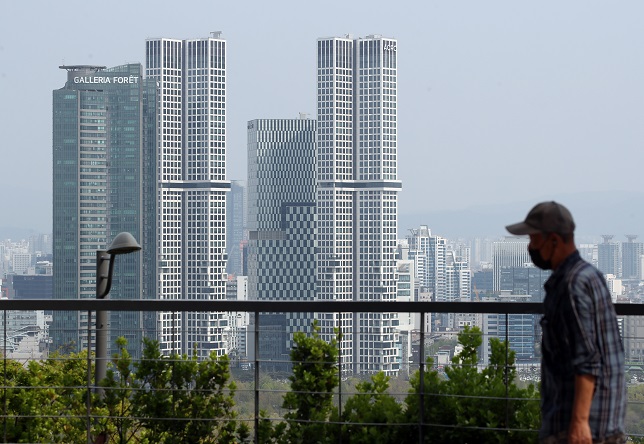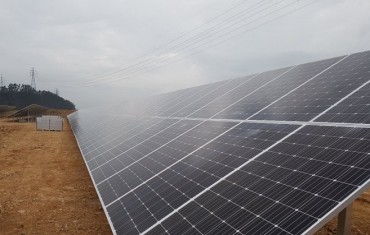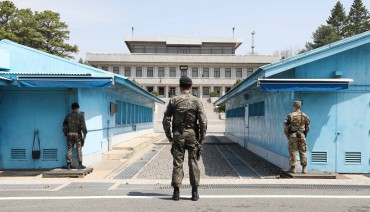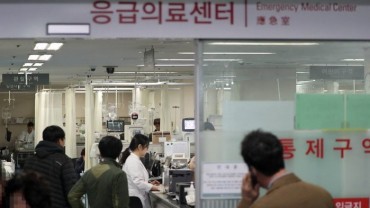SEOUL, March 3 (Korea Bizwire) — Seoul’s cityscape is expected to undergo a sweeping change, as the city government announced its decision to abolish its nearly decadelong height limit for residential buildings Thursday.
The capital has capped the height of general residential buildings, including apartment towers, at 35 floors since 2014 under the rule of former Mayor Park Won-soon, arguably resulting in a monotonous urban skyline.
In a policy turnabout, however, the city government now led by Mayor Oh Se-hoon said it will do away with the residential building height cap to induce colorful skylines under the “2040 Seoul Plan,” a master plan on urban planning to be pursued until 2040.
Oh, a conservative, won the Seoul mayoral by-election in April last year on his campaign pledges, including the abolition of the apartment building height limit, following the death of Park, a liberal politician, in 2020.
The city government said it will permit various apartment floor heights, according to the conditions of each district to help diversify the capital’s cityscape.
The government said it will also pursue the “Beyond Zoning” policy to change the paradigm of urban planning in favor of a mix among its residential, commercial, industrial and green areas.
For instance, the new paradigm calls for creating an independent living space equipped with all functions, such as jobs, leisure culture, waterfront green space, commercial facilities and public transportation bases, in a 30-minute walking radius.

Seoul Mayor Oh Se-hoon announces a draft of the “2040 Seoul Plan” in a news conference at City Hall on March 3, 2022. (Pool photo) (Yonhap)
The city government said it will stick to its existing area division of three main centers, seven regional centers and 12 local centers but is determined to further strengthen the functions of the three main centers — the historic city center, Gangnam and Yeouido.
In the historic city center, the area between Gwanghwamun and City Hall will be developed into a “national axis,” while Yeouido will be linked with an international business zone development project in Yongsan, central Seoul.
The central functions of Gangnam will be expanded to Jamsil to the east and Seocho to the west.
It will also push for its step-by-step process of moving urban railways that currently cover 105.8 square kilometers underground.
The “2040 Seoul Plan” also calls for strengthening accessibility to the Han River, its four major streams and many small streams. and creating various attractions there.
In addition, future transportation infrastructure will be expanded. In particular, an urban air mobility (UAM) service will be test-operated between Yongsan and Gimpo International Airport in time for the launch of its commercial service slated for 2025.
UAM terminals will also be established in Jamsil and Samseong-dong, southern Seoul.
The city government plans to finalize the 2040 Seoul Plan by the end of this year after holding public hearings and consultations with the central government.
(Yonhap)







